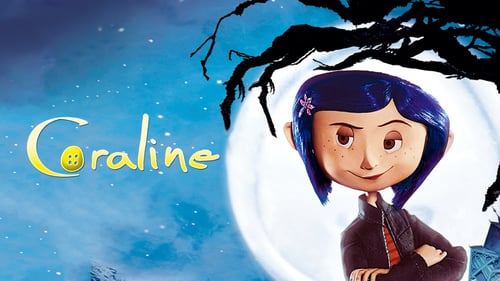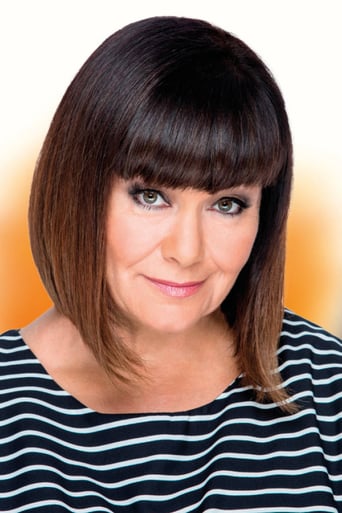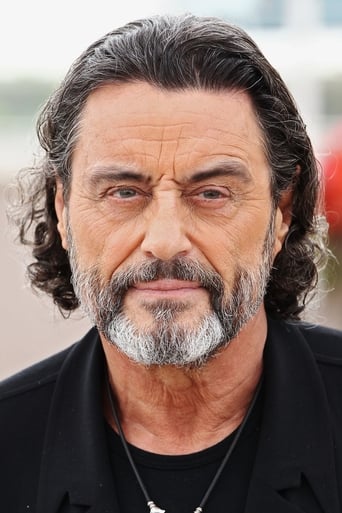vrg-69972
Coraline is a film about a girl who is out of place. She does not have any friends, all of her family and neighbors are dysfunctional, she has just moved into her new house, and she does not know what to do. With this as the basic plot, the movie could progress in any number of different directions, but it chooses the one of self-reflection, and does so by exposing the viewer to relationships in duality. Each separate relationship exposes a different flaw in what Coraline desires, and in doing so allows the viewer to reflect upon themselves. This subtle yet wholly enveloping theme of ideals paired with the quirky visual style creates an environment that feels tactile, odd, almost realistic, and yet fully and completely fiction. By utilizing interpersonal issues and the ideals created by them, Coraline simultaneously draws in an audience of those who relate to the protagonist, and allows them actualization and acceptance in their own interpersonal issues.
In some music, there is a term called a "hook" which refers to a section of the song that draws in the listener. The point of it is; if they enjoy the hook, why not give the song a listen (as it generally just builds off of the notes in the hook itself)? The hook for Coraline would be the traditionally styled credits at the beginning of the movie. The credits themselves are not the focus here, even though that is the purpose of the section, rather, the animation is. The style itself is consistent in its creepiness, and will maintain this for the remainder of the film, yet exact and almost mesmerizing in its detail and realism. The thread moving seamlessly (pun intended) through the air as though it were an actual thread, ready to be tightly sewn into whatever needed sewing, the constant usage of sprawling, repeating patterns, and most significantly, the lofty and elegant movement of the horrifying fingers extending from the metal hand of the other mother. The way that this visual is presented-somewhat terrifying, yet beautiful and intricate-provides a perfect platform for the audience of somewhat disenfranchised teens, those who do not quite fit in, but are not outcasts either. In placing the credits at the beginning of the movie, the film is automatically set at a calmer and less cluttered place, where a quiet animation with some eerie yet pleasant instrumental music playing in the background sets the stage for a quaint home with a strange family and an inquisitive girl.
Now, the bulk of this film does not highlight any astounding animating per say. There are some good bits, but that is not the focus. The focus here is, in one word, juxtaposition. It happens everywhere to everything and everyone. From the moment the movie begins you grasp that there will be another side to this story. Initially, there is a large highlight on dysfunctionality. Coraline lives with parents that care too little for their child as they are too focused on their work, who write a gardening catalog and do not even garden, and who live in a pink house on the top of the hill with two sets of old acting neighbors. Upstairs, there is Bobinsky, a man of comical nature who tries and fails to train mice in a circus. Bobinsky is a very old, wily, Russian acrobat. The bulk of his weight rests in his torso, and there is next to none in his arms and legs, giving him quite strange proportions. Bobinsky appears grimy, overly physically capable, blue, and slovenly. Now, spoiler alert, but there is another world that can be accessed through a door in Coraline's living room. This door leads to a world where her parents do as she asks and act perfectly nice, where all ideals and aspirations are met and go above and beyond the expectations. In this world, Bobinsky looks very fit, does not dress or act slovenly, has a circus of perfectly trained mice, and where he himself seems to look more natural. But, as it is later revealed, nobody in this world is actually real and they all are flawed to the utmost point. By juxtaposing the initial problems of Bobinsky and the other characters, then progressing to a point of ideals, then revealing those ideals were achieved through abhorrent means, and then shifting back to the initial problems, there is sort of a parabola where the viewer is able to see the full scope and realizes the initial flaws are not bad and can actually are quite good.
Now, the concepts of a world slightly flawed and an ideal world might seem a little abstract, but there is a sort of connection between the two, one that points out the differences and similarities between--not obviously, but to just the extent that you are able to see what the author is getting at. This connection between is the cat. By utilising the deliberate lack of definite answers via exposition, Gaiman is able to insert a character that provides as a plot device and also as a companion. The cat serves as a partner, who follows Coraline through both her world and the other world. He is the only other character in the movie that can do this, and that makes him Coraline's accomplice. The cat provides answers to questions Coraline (and the reader) might have, which allows the movie itself to have a more coherent grounding. But, due to the inherent style of the movie, the cat simply cannot act as a mere tool of exposition, as it would break the immersion of the mystery, of the abstractions of the occurrences of the other world. Because of this, the cat is the perfect companion to have: cats aren't terribly helpful or kind like a dog might be, and they have a selfish nature about them. These two characteristics work very well with the plot of Coraline, as they provide good concrete reasons as to why Coraline's sole partner does not have the answers, and keep the feel of the strange and wondrous mystery, without keeping their audience in the dark.
As far as the plotline for Coraline goes, it is one of cliche and predictability. Coraline, like many other mysterious adventure movies, has a gateway between worlds represented through a common household object. This enables the story to surprise and entertain audiences while keeping it relatable on the other side. It also relies heavily on character traits that are unoriginal and not necessarily mesmerizing, causing a weird paradigm between the two worlds. The story itself follows a tried and tested formula of showing one world, showing the other, and relying on said paradigm to show the benefits of the former. It's not something special or commendable, but that is not saying that it is a poorly laid plot. Yes, all the details ands actions reek of cliches and predictable twists, but those are only cliches because of their ability to convey a story. All in all, the plot is decent, just don't think into it expecting too much deeper meaning.
Through the combination of these stylistic and character choices, the author is able to create a film that allows for the youth watching it to go through the same mental process Coraline does. By going through this process, the audience is not changed in their environment they were at the beginning when they are at the end. The change in between the two has a profound and lasting effect on the audience's perception of themselves that will allow them to be more accepting of their own quirks and issues, just as the characters in the film were.















